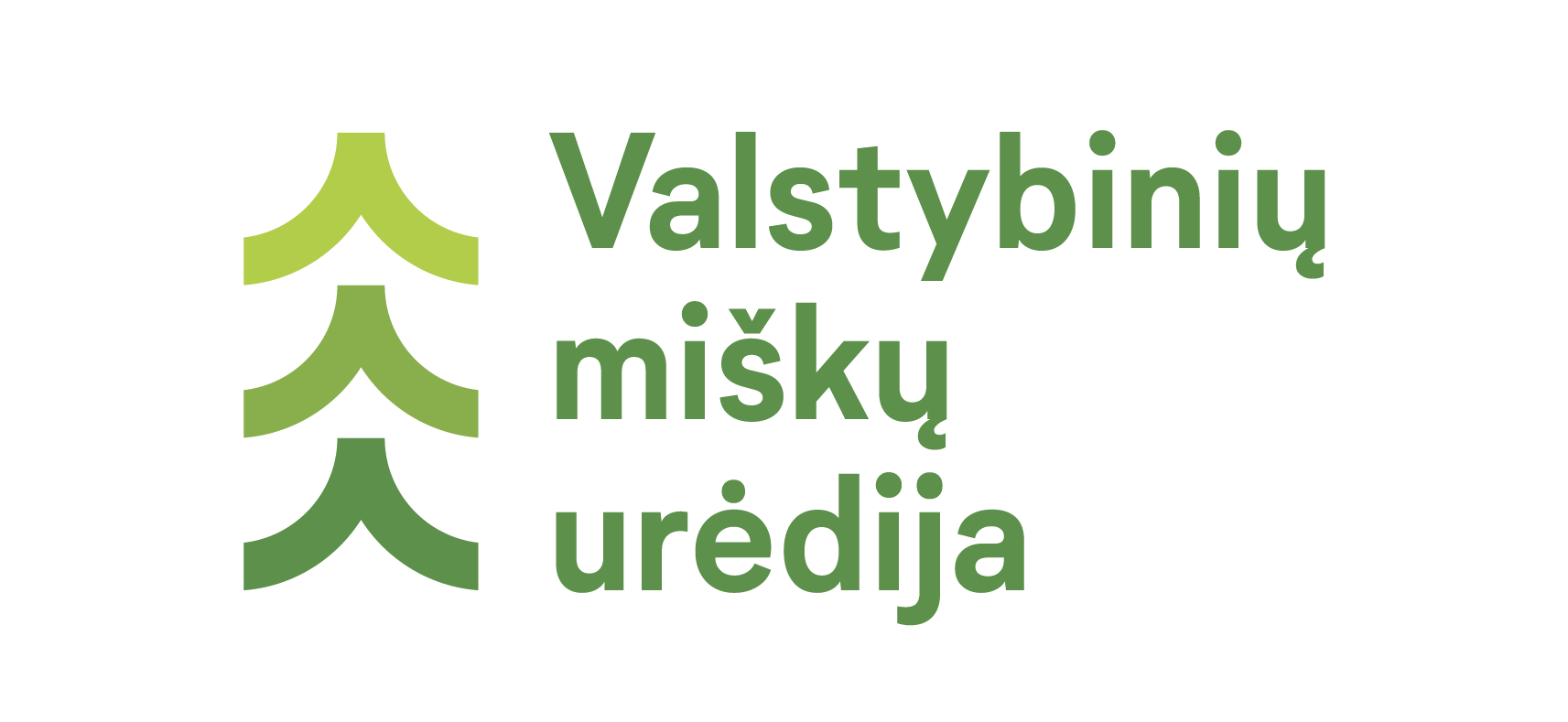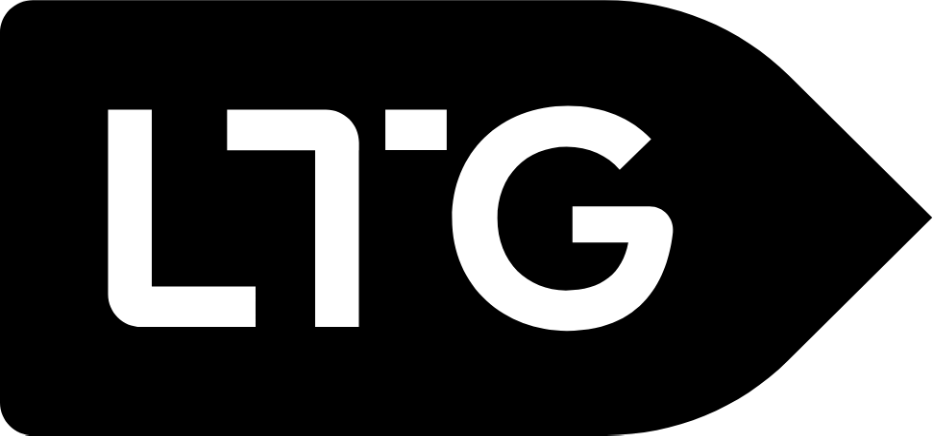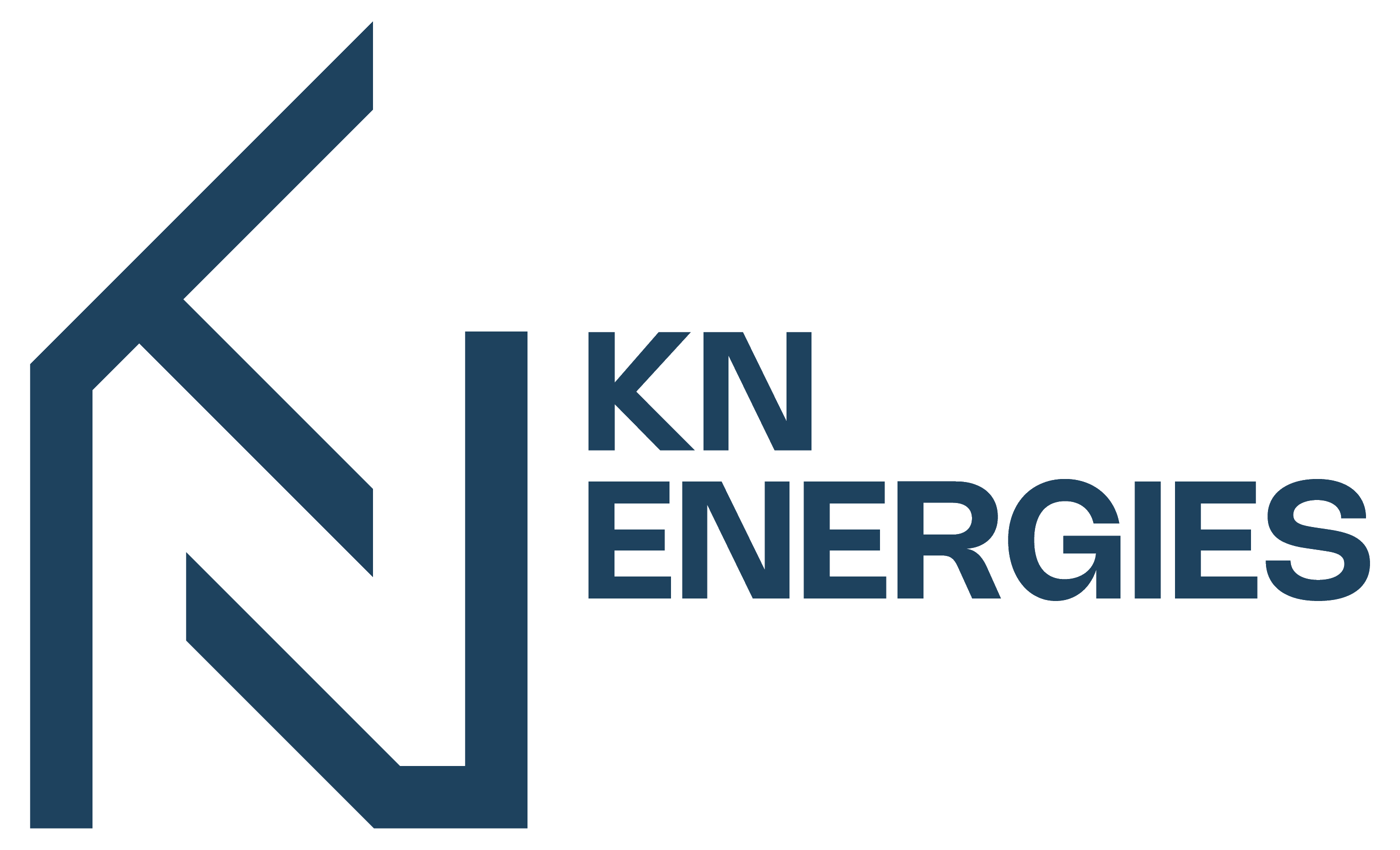Vidas Danielius. The reform of state-owned enterprises in Lithuania has gained momentum. In which direction should the new national government proceed next?
186 million euros. This is the amount that was added to the state budget from dividends and profit contributions of state-owned enterprises (SOEs) for the 2023 results. This figure is 2.5 times higher than a decade ago, and it’s undeniable proof that the SOE reform in our country is successful. On the other hand, a new government will soon begin work in Lithuania. The further improvement of SOE governance will depend on the program of this new government, and the continuity of the SOE reform will hinge on its approach. So, what direction should be taken next?
It’s worth noting that the progress of SOEs is not only visible in Lithuania. According to recent data from the Organisation for Economic Co-operation and Development (OECD) this year, the role of SOEs is growing globally. Among the 500 largest companies by revenue, the number of SOEs has increased from 34 to 126 over the past two decades. Today, SOEs make up a third of the total assets of these 500 largest companies.
The success of the ongoing SOE reform in our country is reflected in several elements. First, the financial results have shown consistent improvement year after year. With the atypical taxes paid by SOEs, the state budget was increased by 231.3 million euros in 2023, and for the first time in the observation period, the return on capital reached a double-digit figure of 10.8%.
Another notable achievement of the reform has been the successful restructuring of SOEs. Non-essential activities have been discontinued, and many smaller companies have been merged into larger ones, providing the basis for better corporate governance.
One example is the consolidation of 42 separate forestry enterprises and the State Forest Management Institute into a single entity—the State Forest Enterprise (VMU). Now, VMU performs excellently and is consistently among the leaders in SOE governance.
We should move toward greater centralization.
In Lithuania, SOE reform as a policy is primarily shaped by the Ministry of Economy and Innovation, alongside the government program. Following the recent elections and government change, one can only hope that the new government’s guidelines will continue to favor the improvement of state-owned enterprise governance.
The Governance Coordination Center (GCC), as an expert organization, is pleased that many of the goals set earlier in the SOE reform have been successfully implemented to date.
At the same time, it’s often said that once momentum is gained, the key to achieving the best results is not to stop.
To continue the successful SOE reform in Lithuania, it would be logical to proceed with greater centralization. Removing managers who oversee only one or two companies is essential, as it is inefficient to maintain management expertise scattered across separate institutions. In short, the aim should be a centralized governance model, with all companies managed by a single institution.
The centralized governance model is considered advanced and effective, a result of recent SOE reforms in other countries. Centralization helps clarify governance functions and separates them from policy implementation. It also allows the concentration of competent specialists in one place, effectively utilizing their knowledge and experience. Moreover, it saves the state resources by consolidating SOE governance decision-making into a single location.
When governance is centralized, there is no need to involve multiple institutions in the selection of SOE board members, as currently happens in Lithuania. Instead, the board selection process can be handled proactively within a single managing institution, which can dedicate specific personnel to board recruitment. This approach can avoid lengthy bureaucratic procedures and save significant time.
Currently, selecting a board member in Lithuania takes almost six months. With centralized governance, this process could be shortened to a few weeks.
For example, if a board member resigns, they could be replaced promptly, ensuring that the board’s work continues with minimal interruption. This contrasts with the current situation, where such changes often result in long delays and sometimes cause boards to lose their quorum and ability to make decisions.
An excellent example of centralized governance is Sweden, where SOE management is entrusted to a dedicated institution under the Ministry of Finance. Here, board member selection is carried out within one institution, proactively.
In Sweden, the institution responsible for centralized management has designated ‘headhunters’ who work on board member recruitment. They actively seek board members, communicate with board chairs, and even participate as board members in specific companies, gaining clear insights into what changes are needed.
In Sweden, there is a practice where the entire board is reappointed annually after the financial reports are confirmed, rotating one board member each year to refresh the board gradually. This differs from our system, where a board’s term ends after four years, and an entirely new board is appointed.
It is no secret that continuity is crucial in board operations, and this Swedish model shows how continuity can be preserved.
In conclusion, moving toward greater centralization would be the ideal choice for the further successful SOE reform in the country.
The Swedish example I presented is inspiring. However, it should be noted that Sweden started its centralization efforts decades ago, so expecting rapid progress here would be unrealistic.
Nonetheless, we have already achieved a great deal and are now at a crucial crossroads. I am confident that if the new government maintains the momentum on SOE reform, we will continue to make successful progress in improving SOE governance with the right decisions.









